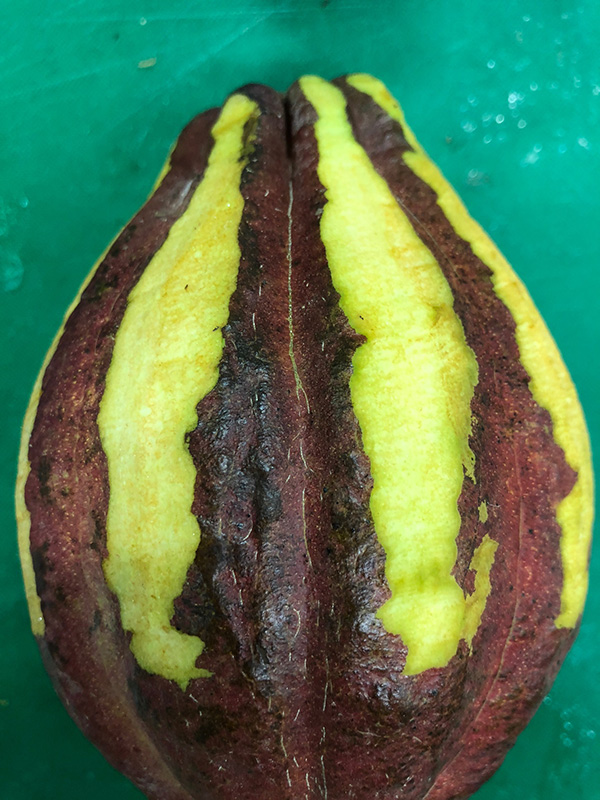FOR IMMEDIATE RELEASE
“Deep Learning-Predicted Dihydroartemisinin Rescues Osteoporosis by Maintaining Mesenchymal Stem Cell Stemness through Activating Histone 3 Lys 9 Acetylation”
ACS Central Science

Artificial intelligence has exploded in popularity and is being harnessed by some scientists to predict which molecules could treat illnesses, or to quickly screen existing medicines for new applications. Researchers reporting in ACS Central Science have used one such deep learning algorithm, and found that dihydroartemisinin (DHA), an antimalarial drug and derivative of a traditional Chinese medicine, could treat osteoporosis as well. The team showed that in mice, DHA effectively reversed osteoporosis-related bone loss.
In healthy people, there is a balance between the osteoblasts that build new bone and osteoclasts that break it down. But when the “demolition crew” becomes overactive, it can result in bone loss and a disease called osteoporosis, which typically affects older adults. Current treatments for osteoporosis primarily focus on slowing the activity of osteoclasts. But osteoblasts — or more specifically, their precursors known as bone marrow mesenchymal stem cells (BMMSCs) — could be the basis for a different approach. During osteoporosis, these multipotent cells tend to turn into fat-creating cells instead, but they could be reprogrammed to help treat the disease. Previously, Zhengwei Xie and colleagues developed a deep learning algorithm that could predict how effectively certain small-molecule drugs reversed changes to gene expression associated with the disease. This time, joined by Yan Liu and Weiran Li, they wanted to use the algorithm to find a new treatment strategy for osteoporosis that focused on BMMSCs.
The team ran the program on a profile of differently expressed genes in newborn and adult mice. One of the top-ranked compounds identified was DHA, a derivative of artemisinin and a key component of malaria treatments. Administering DHA extract for six weeks to mice with induced osteoporosis significantly reduced bone loss in their femurs and nearly completely preserved bone structure. To improve delivery, the team designed a more robust system using injected, DHA-loaded nanoparticles. Bones of mice with osteoporosis that received the treatment were similar to those of the control group, and the treatment showed no evidence of toxicity. In further tests, the team determined that DHA interacted with BMMSCs to maintain their stemness and ultimately produce more osteoblasts. The researchers say that this work demonstrates that DHA is a promising therapeutic agent for osteoporosis.
The authors acknowledge funding from the National Natural Science Foundations of China, the Beijing International Science and Technology Cooperation, the Beijing Natural Science Foundation, Peking University Clinical Medicine Plus X - Young Scholars Project, the Ten-Thousand Talents Program, the Key R & D Plan of Ningxia Hui Autonomous Region, the Innovative Research Team of High-Level Local Universities in Shanghai, the Beijing Nova Program, the China National Postdoctoral Program for Innovative Talents, the China Postdoctoral Science Foundation, and the Peking University Medicine Sailing Program for Young Scholars’ Scientific & Technological Innovation.
###
The American Chemical Society (ACS) is a nonprofit organization chartered by the U.S. Congress. ACS’ mission is to advance the broader chemistry enterprise and its practitioners for the benefit of Earth and all its people. The Society is a global leader in promoting excellence in science education and providing access to chemistry-related information and research through its multiple research solutions, peer-reviewed journals, scientific conferences, eBooks and weekly news periodical Chemical & Engineering News. ACS journals are among the most cited, most trusted and most read within the scientific literature; however, ACS itself does not conduct chemical research. As a leader in scientific information solutions, its CAS division partners with global innovators to accelerate breakthroughs by curating, connecting and analyzing the world’s scientific knowledge. ACS’ main offices are in Washington, D.C., and Columbus, Ohio.
To automatically receive press releases from the American Chemical Society, contact newsroom@acs.org.
Note: ACS does not conduct research, but publishes and publicizes peer-reviewed scientific studies.







